Astrophytum Asteria Superkabuto Seeds rare Cactus Seeds Pack of 10 seeds
₹199.00
Out of stock
Email when stock available
Astrophytum Asteria Superkabuto Description: Astrophytum typei s one of the most famous and peculiar Japanese Astrophytum cultivars. Some additional woolly areoles are produced on the ribs surface. Flowers buds develop from the median line between two ribs and usually they are not produced by areoles. This plant, like “Superkabuto”, is unmistakable. This cultivar – despite to its beauty – is very rare and sought after by collectors, for its unique features. There are several forms mainly selected by Asian growers, the best of them
Astrophytum Asteria Superkabuto combines the inimitable furry additional areoles of cv. Hanazono with the large mosaic of extensive white spots of cv. Superkabuto. The result is an intensely white and furry plant.
Astrophytum Asteria Superkabuto Seeds Roots: The underground body is fleshy, turnip-like, with fine diffuse roots.
Stem: Non-branched, much depressed, disc-shaped to low dome-shaped, showing a characteristic star shape if seen from above, grey-green to dull green (unless stressed), mature plants up to 7 cm tall, 5-16 cm broad, dotted with a mosaic of white spots and additional woolly areoles produced on the ribs surface. Cultivated plants possess sometimes very dense and big hairy areoles.
Ribs: The stem is typically divided by very narrow but distinct vertical grooves into 8 broad ribs. The ribs are very low, almost flat on top, forming triangular sections with no cross-grooves. The normal rib number eight is very stable in wild specimens, independent of the age of the plant, but in cultivation selected cultivars and hybrids can have from 4 to 13 ribs.
Areoles: True areoles round, prominent, 3-12 mm in diameters, forming a line up to the centre of each rib, felted to hairy, white, creamy, dirty-yellow till straw-coloured, then grey. Normally 3 to 10 mm apart, but sometime very close one to each other in cultivated plants. Provisional monstrous areoles more or less dense both on the ribs and in the line of conjunction between contiguous ribs.
Spines: Not any.
Flowers: Apical, diurnal, radial, 3-5 cm long, 5-9 cm in diameter opening widely, yellow with orange/red throats. Ovary and tube very short, densely covered with thin, bristle-like, black tipped scales and with cobwebby wool in axils.
Blooming season: Spring to summer and each flower lasts for one or two days only, but the plant may flower at any time during the warmer months of the year if adequate water is provided.
Fruits: Oval to round, about 1,5-2 cm long, green, pinkish or greyish-red densely covered with spines and dull-white wool, becoming dry and finally breaking off at or near base (not opening above the base).
Seeds: Black or dark brown, glossy, bowl to helmet shaped about 2 mm long, 3 mm broad.
Cultivation and Propagation: It is not too difficult in a greenhouse, although grows quite slowly. The plants need a loose well-drained mineral soil. They need a good amount of light. Watering can be done weekly during summertime, if the weather is sunny enough, with a little fertilizer added. Kept this way, plants will show a healthy, although slow growth. They are frost hardy to -4° C.
Propagation: By seeds, remembering that seedlings dislike strong light and dry conditions and need to be repotted frequently. Eventually, as they become mature, they attain a maximum size of 8-10 cm (20) cm. However, old plants become senile and have a tendency to succumb to disease and a weak root system. At this stage, as is well known, they die suddenly. So, after they reach 10 cm in diameter grow them slowly, and adopt a new repotting period, using intervals of every 2 – 3 years. Additionally grow them under drier conditions or with stronger sunlight. But plants are often grafted to accelerate growth as they would generally take at least a five years to reach maturity on their own, but the grafted plants are typical rather tall growing, compared with plants on their own roots that are usually more flat to the ground.
Be the first to review “Astrophytum Asteria Superkabuto Seeds rare Cactus Seeds Pack of 10 seeds” Cancel reply
You must be logged in to post a review.
Related products
cactus and succulent seeds
cactus and succulent seeds
cactus and succulent seeds
cactus and succulent seeds
cactus and succulent seeds



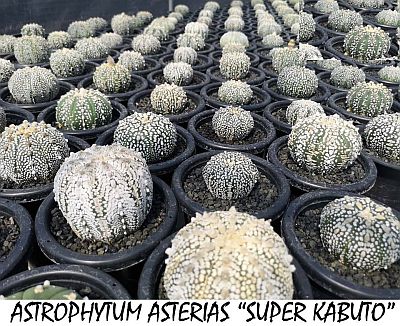
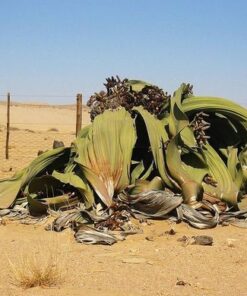
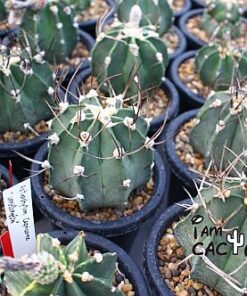
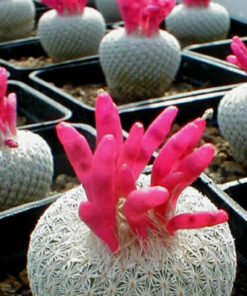
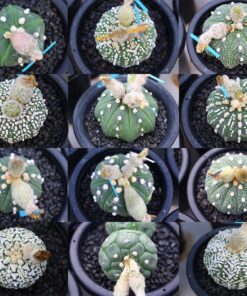
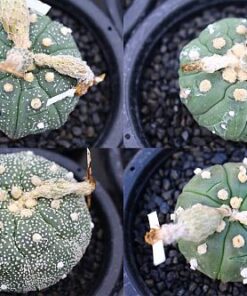
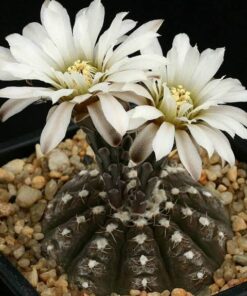

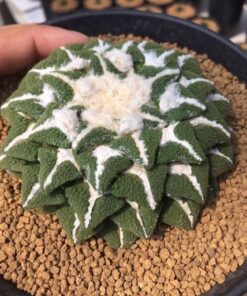
Reviews
There are no reviews yet.